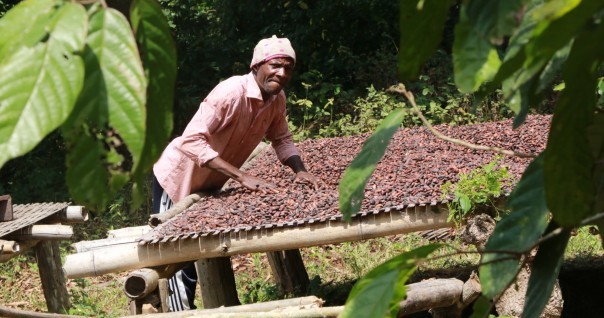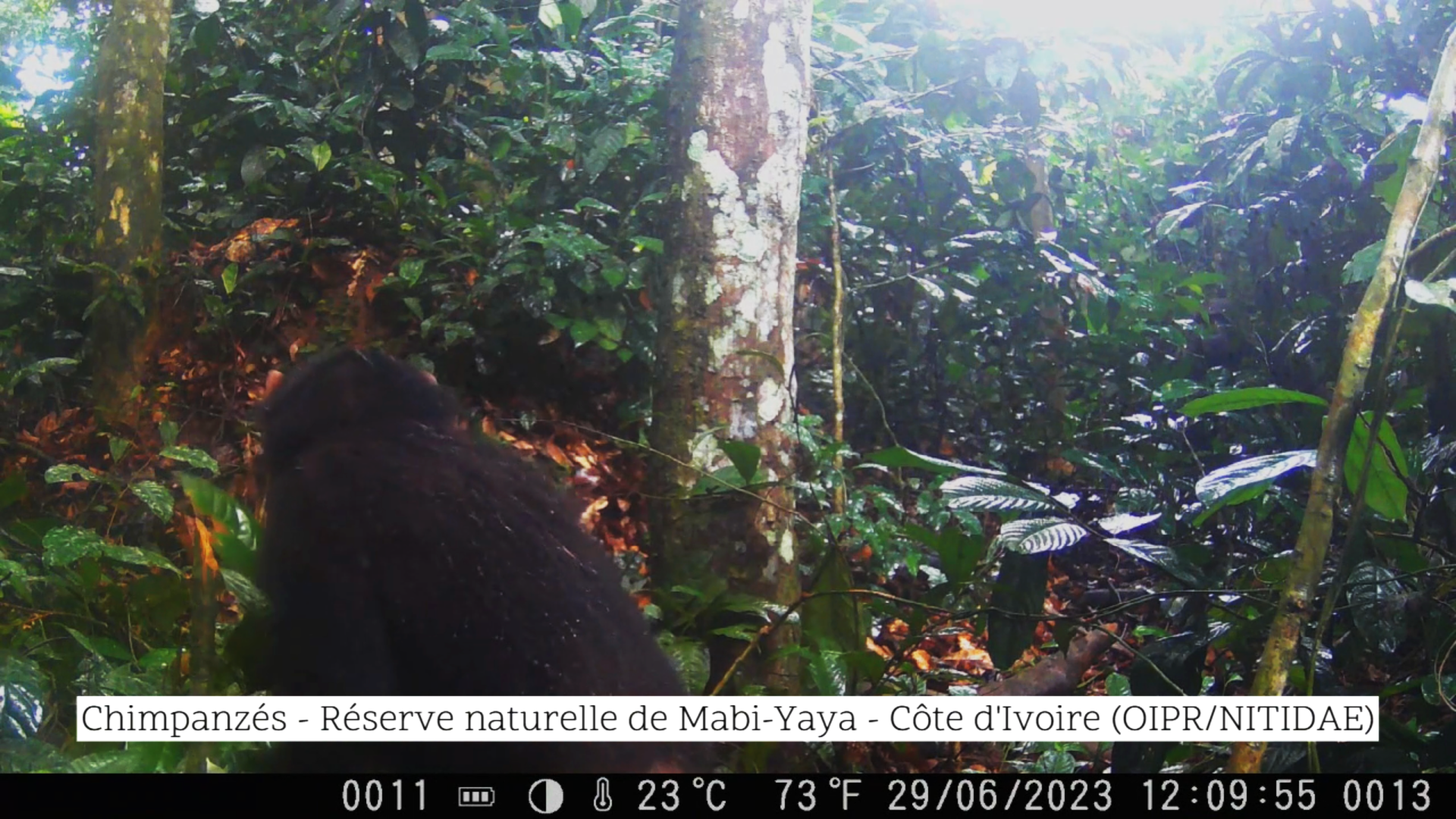

First video of chimpanzees in the Mabi-Yaya Natural Reserve in Côte d'Ivoire
The first images of West African chimpanzees (Pan troglodytes verus) in the Mabi-Yaya Nature Reserve, in the Mé Region (Côte d'Ivoire), were taken during a botanical inventory coupled with the installation of camera traps in the reserve in 2023. This is the result of a solid partnership between the Nitidæ teams and the Ivorian Office of Parks and Reserves (OIPR), as part of the PRM2 project – Preserve the biodiversity of Mabi-Yaya & Strengthen the socio-economic development of the Mé.
Since 2016, the West African chimpanzee has been classified as critically endangered, the last level of risk before total extinction of the species in the wild. Indeed, the latest national inventory (Campbell et al, 2008 - PDF) in Côte d'Ivoire showed an 80% decline in their population between 1990 and 2008, which shows the importance of this Reserve, created in 2019, for the conservation of this species in Côte d'Ivoire Coast.
The confirmation of the presence of chimpanzees in this Reserve thus encourages further strengthening of the surveillance of the Reserve by the OIPR and the support of local populations by its partners like Nitidæ, allowing efficient and fair management for all parties.
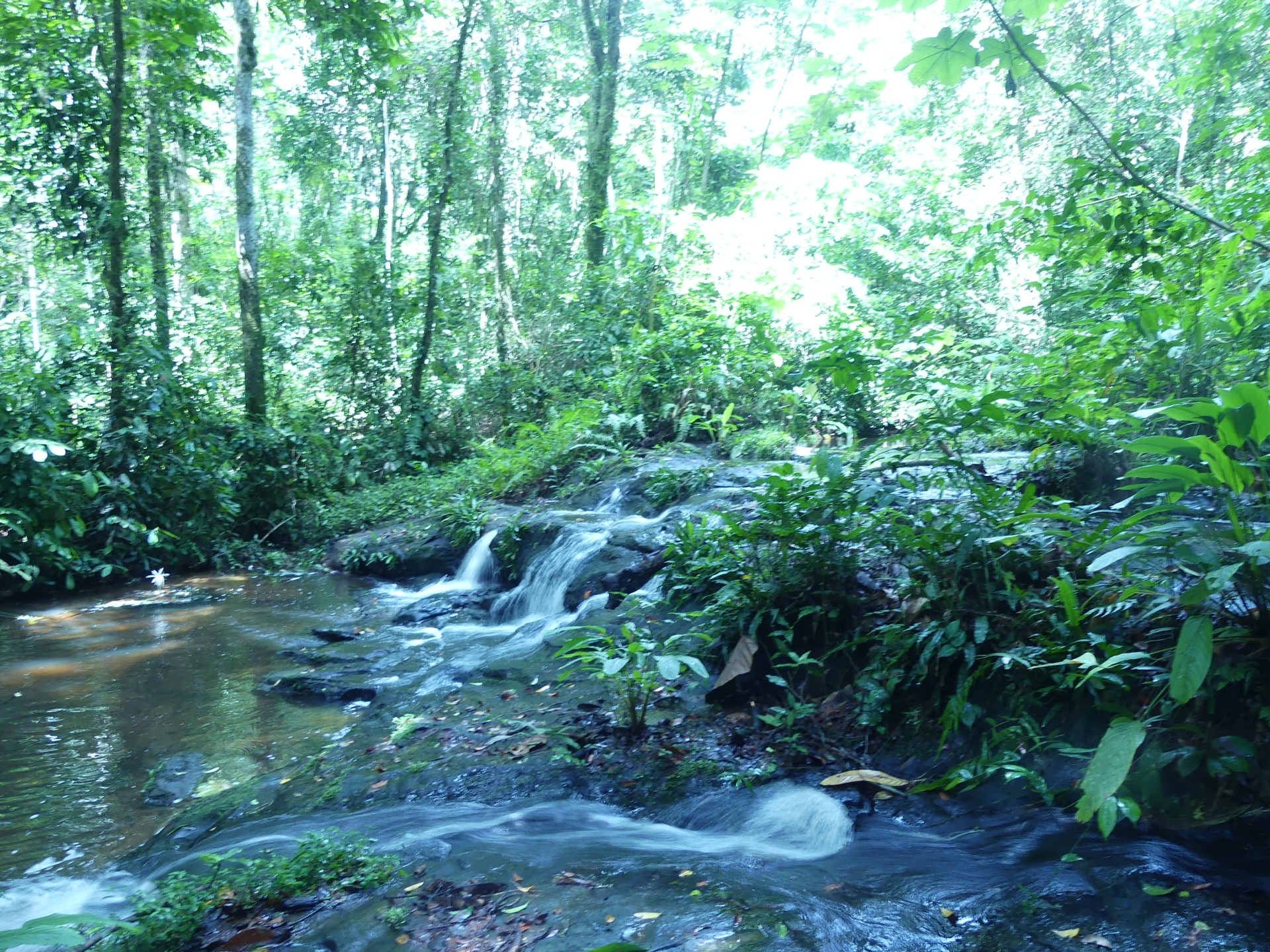
Placement of the camera trap where wildlife crosses the river
Since 2016, Nitidæ has been working with the populations of the Mé Region (PRM and PRM2 projects, Terri4Sol and Cocoa4Future projects), and in more than 15 villages bordering the Reserve, in the aim of reducing deforestation pressures in rural areas and protected areas.
As part of the project PRM2, Nitidæ has been working since 2022, for example, alongside the Mé Regional Council, the OIPR and the MINEF to contribute to the resilience of landscapes through the concerted management of natural resources and the promotion of zero-deforestation agriculture at a territorial level, by supporting:
- territorial planning: 4 demarcated Village Territories, 7 local development plans, financing of village infrastructure projects and promotion of income-generating activities
- zero-deforestation agriculture and food security: 1,500 producers supported in the rehabilitation of old cocoa plantations, in agroforestry, in improving the tapping of rubber trees, in the multiplication of healthy cassava cuttings, and in the production of healthy plantain plants
- management of small private forests in rural areas: 150 ha of development of forest plantations and forests, 40 management plans, training in peasant forestry, 30 ha of reforestation
- improving forest governance around the Reserve through the inclusion of NGOs and communities: 1 independent observation process in the Mé Region.
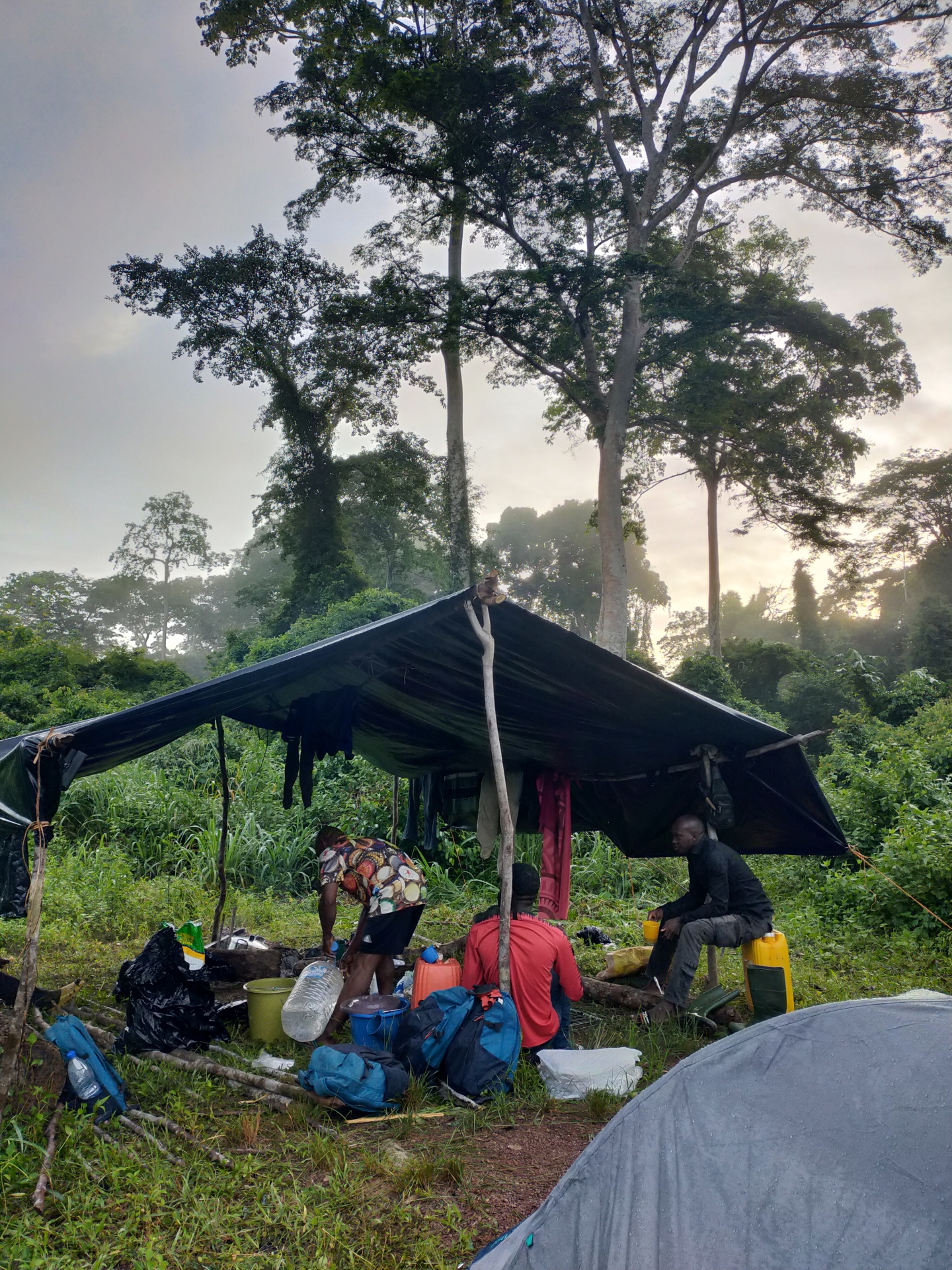
Mission for the botanical inventory
In the desire to support the OIPR, Nitidæ (N’Lab) also develops management and knowledge tools such as:
- the personalized production of deforestation alerts through the specific processing of available satellite images, which has already given rise to 2 capacity building sessions for 10 agents for the 6 Area Directorates
- carrying out a botanical inventory as part of research on Beta biodiversity using satellite images (Dr Féret, Maison de la Télédétection, France)
- the installation of a camera trap system to collect initial information on wildlife.
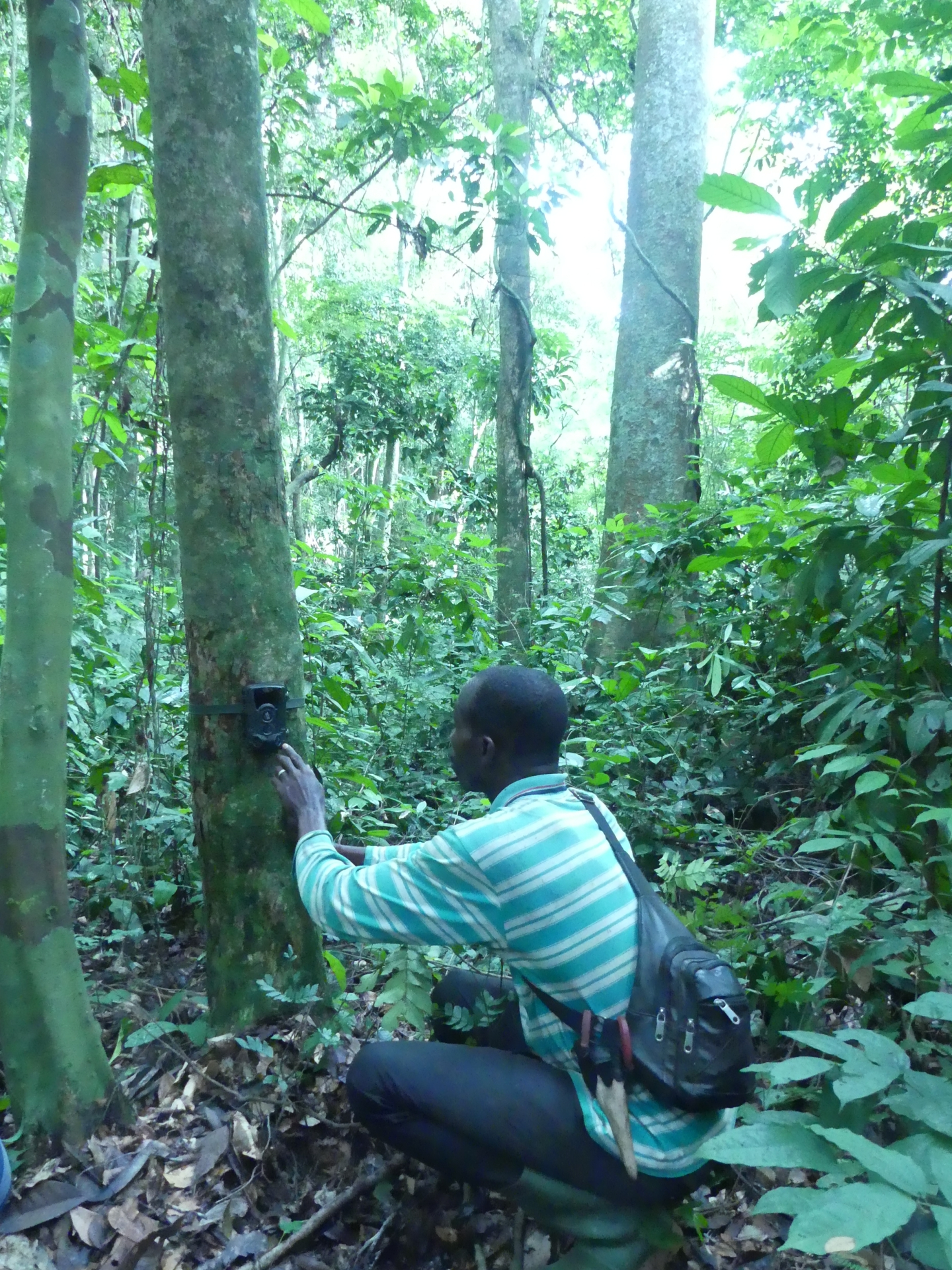
Installation of camera traps
These achievements were made possible by the support of technical and financial partners, first and foremost the French Fund for Global Environment (FFEM) and the French Development Agency (AFD) as well as the Delegation of the European Union to the Republic of Côte d'Ivoire. However, faced with current economic and demographic pressures, it is essential to sustain, extend and strengthen these actions in peripheral areas and in the Mé Region. The challenge is still immense, and the needs are glaring, if we wish to preserve these last forest refuges of wildlife and flora biodiversity.
Related projects
